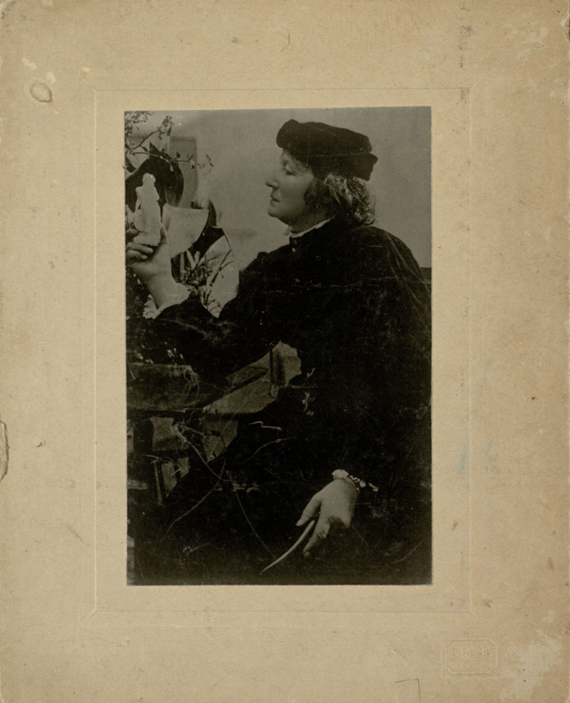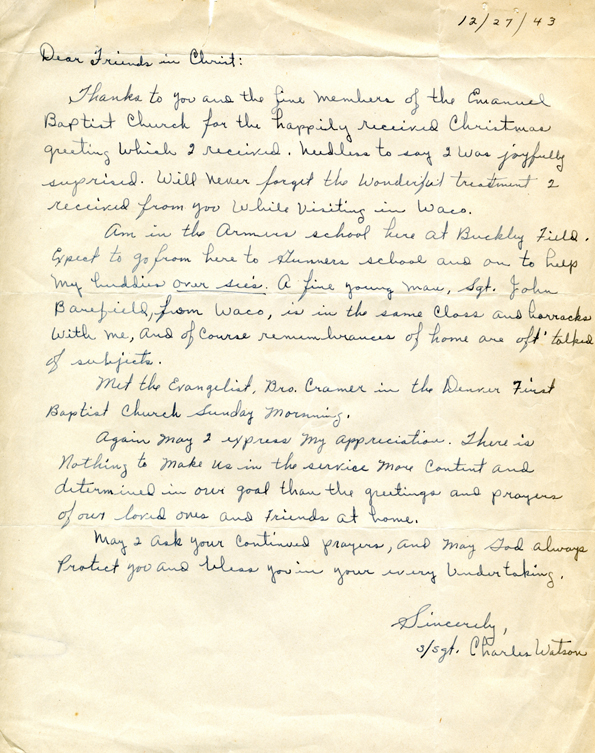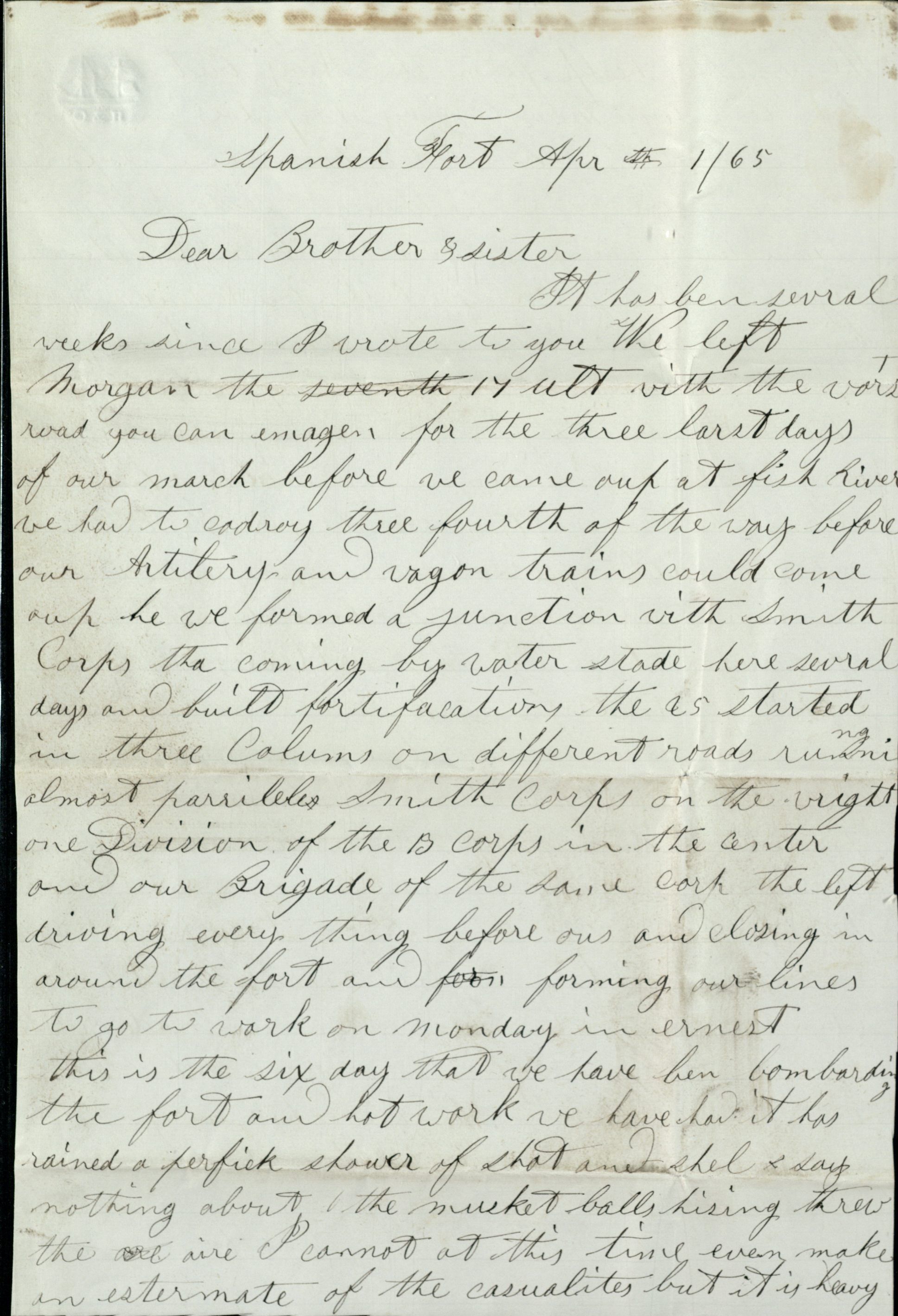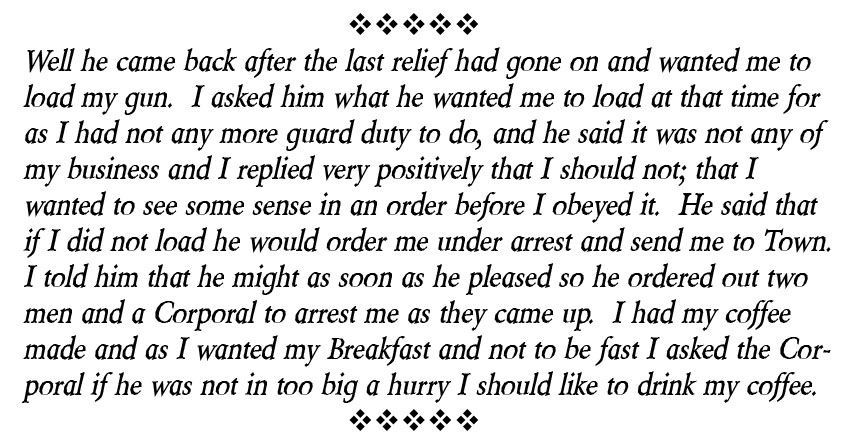Each month, we post a processing update to notify our readers about the latest collections that have finding aids online and are primed for research. Here’s the scoop for August:

- Akin-Rose papers, 1819-1981, undated: Correspondence, diaries, financial and literary manuscripts, and photographs of members of the Akin and Rose families from Virginia and Texas in the early nineteenth century to the late twentieth century.
- Joseph Martin Dawson papers, 1826-1989: Personal papers and published works of Dr. Joseph Martin Dawson, a Baptist preacher who was influential in the public debates concerning religious liberty and the separation of church and state in the early twentieth century.
- BU Records: Erisophian Literary Society, 1853-1961, undated: Administrative records, literary productions, and correspondence related to this student organization at Baylor that existed between 1853 and 1932 at both the Independence and Waco campuses.
- Graves-Earle family papers, 1848-1963, undated: These papers chronicle the history of this influential McLennan County family, including the life and work of Major Isham Harrison Earle and his daughter Dr. Hallie Earle, the first female doctor in Waco and the first female graduate of the Baylor College of Medicine.
- William E. Moore papers, 1901-1979, undated: The bulk of this collection is the Postcards series, consisting of more than 400 postcards. The collection also contains more than 100 letters written to William E. Moore between 1902 and 1918.

- Henry B. Nowlin family collection, 1914-1926, undated: The Nowlin family lived in Central Texas during World War I, a conflict in which Henry and some of his brothers took part. The materials are largely related to Henry’s service in the American Expeditionary Force.
- Reagan-Pettigrew family papers, 1844-1917, undated: Correspondence, military and legal documents, and literary productions about life in Arkansas and Texas during and after the Civil War.
- BU Records: University Committee on AIDS, 1980-1989, undated: Documents produced by the committee, such as informational brochures, surveys, and drafts of AIDS policy statements, as well as research materials collected by committee members.























